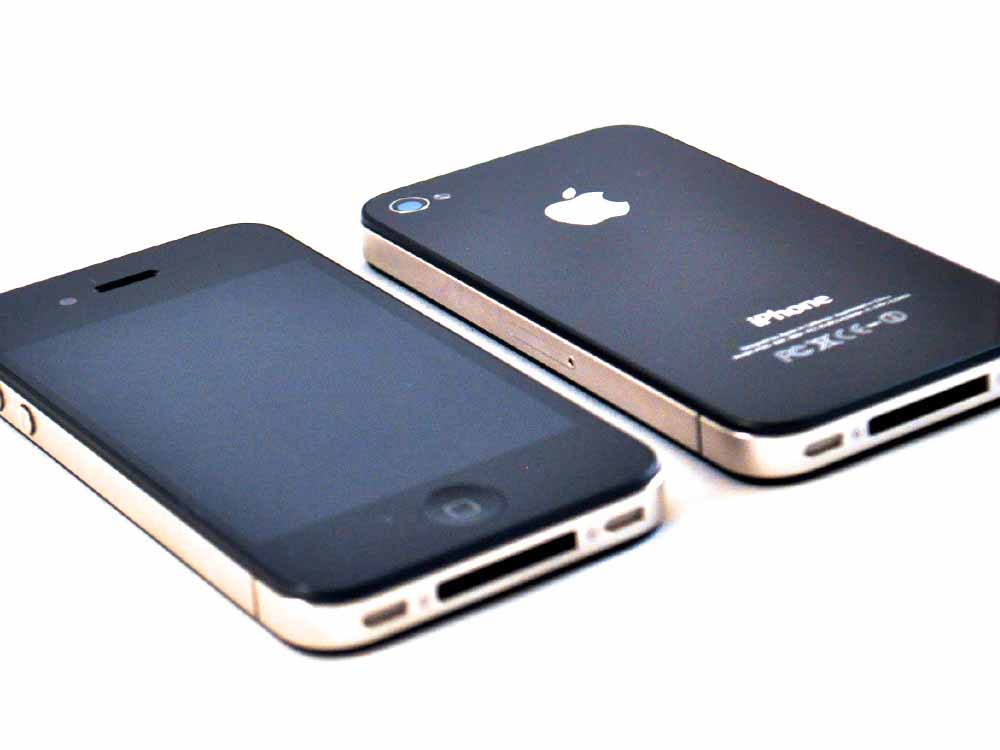Design and Display
The iPhone 4 boasted a groundbreaking design that departed from its predecessors. Its industrial, stainless steel frame sandwiched between front and back glass panels defined a new era of smartphone aesthetics. The 3.5-inch Retina display with a resolution of 960 x 640 pixels delivered an unprecedented level of sharpness and clarity, setting a benchmark for visual excellence in the mobile industry.
Performance and Hardware
Under the hood, the iPhone 4 was powered by the Apple A4 chip, the same processor found in the original iPad. This 1GHz processor, coupled with 512MB of RAM, provided a significant boost in performance compared to its predecessor. Users experienced smoother multitasking, faster app launches, and improved overall responsiveness.
The introduction of a front-facing camera for video calls was a noteworthy addition. This 0.3-megapixel camera, combined with the 5-megapixel rear camera, marked a turning point in smartphone photography. The rear camera featured an LED flash and could capture 720p HD videos, further enhancing the device’s multimedia capabilities.
iOS 4: Software Enhancements
The iPhone 4 shipped with iOS 4, a major update that introduced several key features. Multitasking, long-awaited by users, allowed seamless switching between apps. The introduction of folders helped organize the growing number of applications on the device. Additionally, iOS 4 brought FaceTime, Apple’s video calling feature, utilizing the front-facing camera to enable high-quality video conversations.
The operating system also introduced iBooks, providing users with access to a vast library of e-books. Furthermore, the iPhone 4 was the first device to support Apple’s new social gaming platform, Game Center, allowing users to compete with friends and discover new games.
Antenna Design Controversy
Despite its technological advancements, the iPhone 4 faced controversy related to its antenna design. The external metal band that surrounded the device served a dual purpose as both a structural element and the antenna for wireless communication. However, users reported signal degradation and dropped calls when holding the phone in a specific way, leading to what became known as the “Antennagate” issue.
Apple responded by offering free cases, known as “Bumpers,” to alleviate the problem. The incident prompted discussions about design compromises in pursuit of aesthetics and functionality, underscoring the challenges in creating cutting-edge devices.
Impact and Legacy
The iPhone 4 left an indelible mark on the smartphone landscape, influencing the industry for years to come. Its sleek design set the standard for premium smartphones, inspiring competitors to elevate their design efforts. The Retina display raised the bar for screen quality, making users more discerning about display specifications.
The App Store continued to thrive, with developers leveraging the new capabilities of iOS 4 to create innovative and feature-rich applications. FaceTime paved the way for video calling to become a ubiquitous feature in smartphones.
In conclusion, the iPhone 4 in 2010 was a pivotal device that transcended the boundaries of its time. Its design, performance, and features shaped the trajectory of smartphone development, leaving an enduring legacy that can still be felt in the devices we use today. Happy 1 year anniversary to the iPhone 4, a true icon in the evolution of mobile technology!










